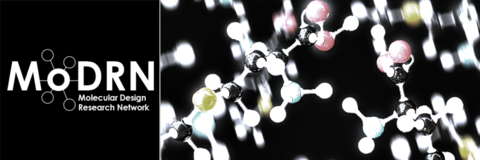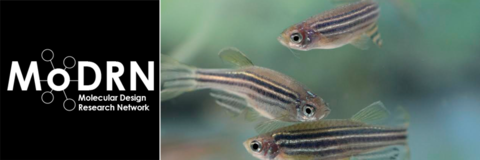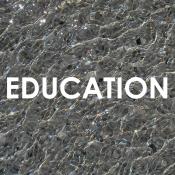MODRN: U Modules
The MoDRN Team has put together a set of modules for undergraduate chemistry, biology, and environmental science classrooms (and beyond!) to introduce concepts of green chemistry and sustainable chemical design. These are called MoDRN:U Modules. The overall goal of these materials is to engage undergraduate students with educational activities that will aid dissemination of scientific principles relevant to the design of safer, next-generation molecules. Integrating MoDRN:U Modules into existing undergraduate lesson plans will allow students to make more connections with how interdisciplinary these topics truly are. The modules allow students to be introduced briefly to related physiochemical properties and toxicity topics, while providing faculty with resources for more information for their students. There are learning objectives for each module as well as a small assignment designed to be used in or out of class to assess comprehension (but not overwhelm time and syllabi schedules). The following MoDRN:U Modules are free to use and modify. Please return back frequently for new modules to come.
Multidisciplinary collaboration between chemists, toxicologists, engineers and biologists from four different universities, MoDRN (Molecular Design Research Network) scientists aim to develop a systematic approach to understand and design chemicals that are both efficacious in their own right and chemically benign to the environment. The founding principle of MoDRN was derived from the 4th Principle of Green Chemistry, which states, “chemical products should be designed to preserve efficacy of function while minimizing toxicity”. With such strong collaborations with experts from different areas, it becomes possible to develop chemicals with the desired properties and predictable toxicity, and MoDRN serves as the important platform to achieve that goal.
The MoDRN team has developed a series of modules designed for undergraduate science and mixed-major/non-major classrooms to introduce concepts of green chemistry and sustainable chemical design. These are called the MoDRN:U Modules. The overall goal of these materials is to engage undergraduate students with educational concepts and activities that will aid dissemination of scientific principles relevant to the design of safer, next-generation molecules. Integrating MoDRN:U Modules into existing undergraduate lesson plans will allow students to make more connections with how interdisciplinary these topics truly are. The modules allow students to be introduced briefly to the relationship of physiochemical properties and toxicology, while providing faculty with resources for more information for their students. There are learning objectives for each module as well as a small assignment designed to be used in or out of class to assess comprehension (but not overwhelm time and syllabi schedules). The MoDRN:U Modules found by accessing the left menu are free to use and modify. Please return back frequently for new modules to come.
The MoDRN:U Modules were developed to introduce that concept that physicochemical properties and principles of toxicology are important aspects of consideration when designing safer chemicals. Undergraduate students will learn more about these topics by accessing each module and with small assignments associated with each module.
We value your feedback and will use it to help create more MoDRN:U Modules for use in your classroom. Please take a few minutes to fill out the evaluation form found at the end of each module. Or click here to access the evaluation through this homepage.
This material is based upon work supported by the NSF Division of Chemistry and the Environmental Protection Agency under Grant No. 1339637.









